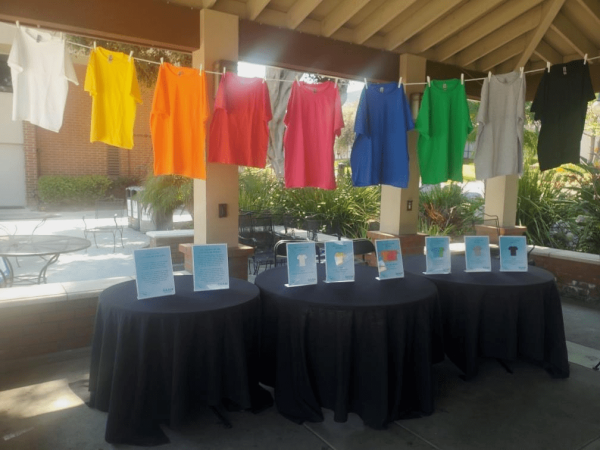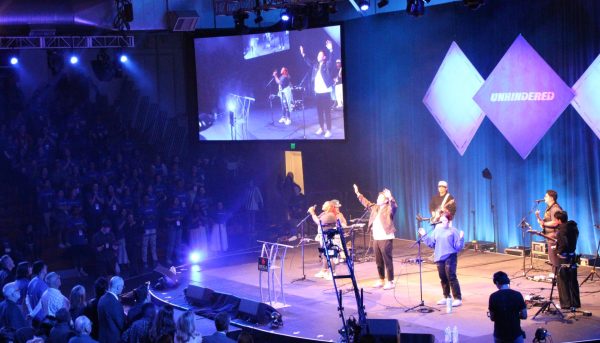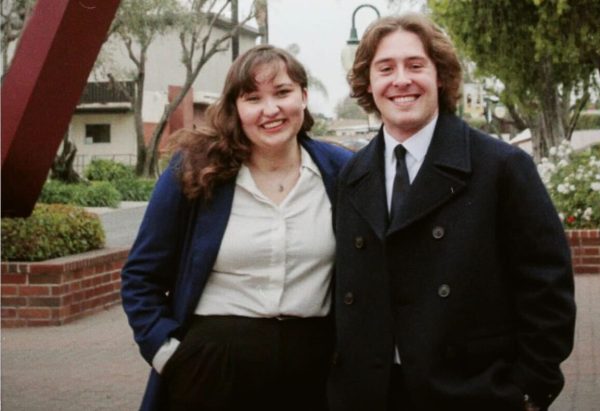Tuition rates set to increase next school year
Tuition, housing and meal plan rates are increasing for the 2012-2013. school year
March 1, 2012
Tuition, residence halls and meal service rates have risen less than 4 percent for the 2012-2013 school year, making it one of the lowest percentage increases in thirty years.
Currently priced at $29,908, the cost of undergraduate tuition will rise $1,096 next year to the new total of $31,004. At the same time, the discount rate has also risen from 25.35 percent to 26.35 percent, a 1 percent increase, meaning about 26 cents of every dollar paid for tuition goes to the scholarship fund. From there, the money is distributed to students based on need and academics. This increased rate allows for more flexibility with scholarships and increases the amount of scholarships given. Consequently, almost every student will end up paying less, because the increase in the discount rate helps offset the increase in tuition. With the help of this potentially larger scholarship budget, the increase will actually total about $508 a year for most students, said Michael Pierce, vice president of business and financial affairs.
“The new tuition amount is similar to the sticker price when you go to purchase a car,” Pierce said. “You have the sticker price on the car, but you know you can negotiate with it and you have a lower price as a result so you never pay sticker. We tried to reduce as much as we could the actual sticker price while actually increasing as much as we could those discounts for students that go into scholarships.”
Contributing factors to increases
Next school year, housing rates will undergo a 3.91 percent increase, averaging an increase of $180 a year. Meal plans face an average increase of $106 for the year, a three percent increase. Altogether, the average on-campus student will face a 2.61 percent increase for the year, while the average off-campus student will see an increase of 2.28 percent, according to Pierce.
A variety of factors result in the annual tuition increases, including normal inflation, supply costs and staff and faculty travel costs. Personnel compensation makes up the most significant factor. As a result, Biola is trying to minimize the cost of running the university through minimal increases in payroll, careful consideration of new staff hiring and increases in student-faculty ratios, Pierce said.
Students remain skeptical
Some students still seem apprehensive about the tuition increase, despite the parallel rise in the scholarship fund.
“[The increase] is a bummer,” said junior communications major Chris Yim. “But if it has a good, solid reason behind it, then I’ll deal with it, I’ll respect it.”
Junior art major Patrick Gillespie agreed that the tuition increase is somewhat discouraging.
“Biola is definitely worth the money,” Gillespie said. “But [the increase] makes me wary about paying for next year.”
Sensitivity to financial impact
Even in light of the increases, the board of trustees tried to focus on minimizing the financial impact on students. In the past five years, tuition increases have ranged from 3.99 percent to 5.7 percent, so the 3.66 percent increase is low in comparison, according to Pierce.
“The key takeaway is that the concerns of the students over rising tuition are being heard,” Pierce said. “We view it seriously and are taking serious steps to do our best to address that issue. We’re very sensitive to the student and the student’s debt load and this is just the beginning of ideas that we’re working on to make it more affordable to students in the future.”






